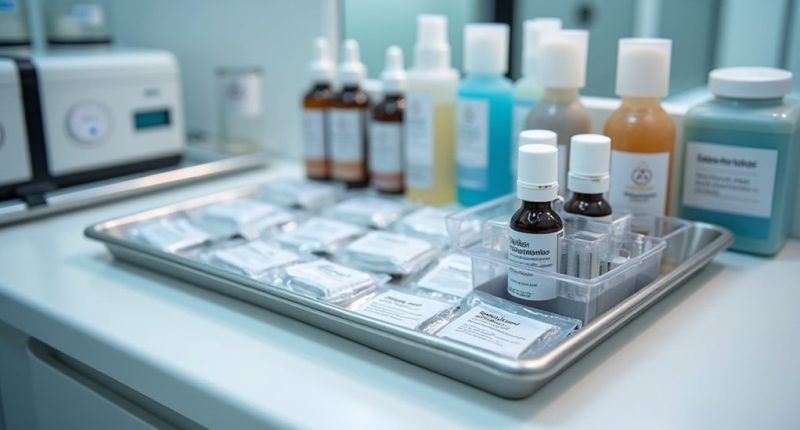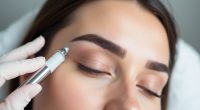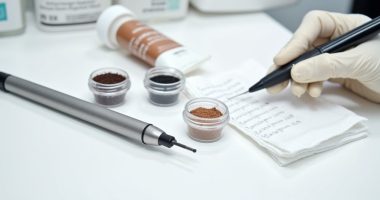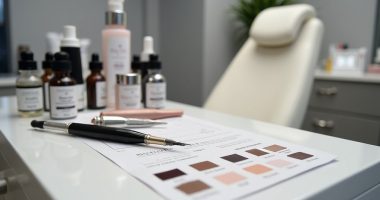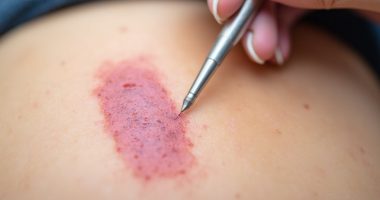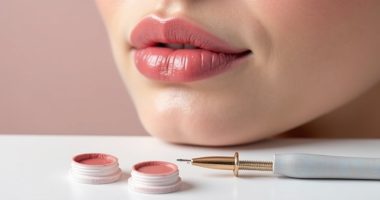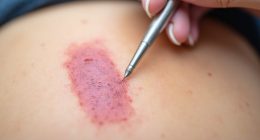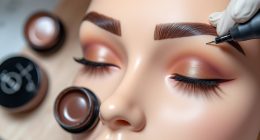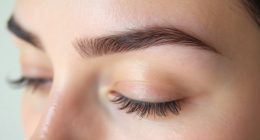Safety in permanent makeup isn't optional. Period. Professionals must follow strict infection protocols using hospital-grade disinfectants and single-use needles. Clients deserve thorough consultations, allergy testing, and complete risk disclosure. No shortcuts. A legitimate technician has proper certification, bloodborne pathogen training, and insurance. The facility should maintain sterile conditions with proper lighting and ventilation. Emergency protocols matter too. The difference between a safe procedure and a risky one? Often just a few simple questions.
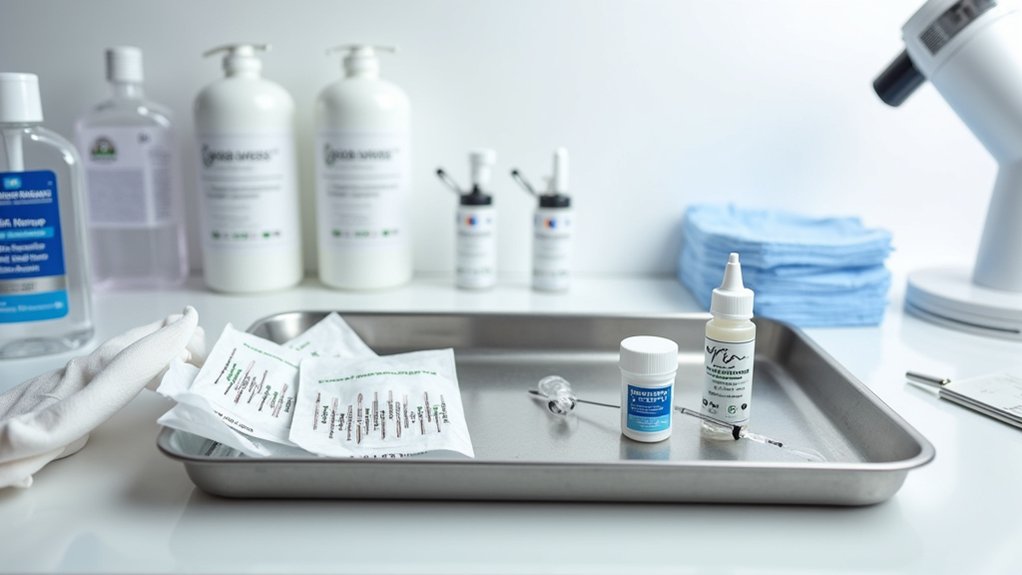
As permanent makeup procedures continue to grow in popularity, safety remains the non-negotiable foundation of responsible practice. The intimate nature of these procedures—literally getting under someone's skin—demands rigorous safety protocols. Client education and infection prevention stand at the forefront of this industry. Clients should receive thorough information about potential risks and realistic expectations. No surprises. Period.
Infection prevention isn't just nice-to-have; it's absolutely essential to avoid potentially serious complications. Technicians worth their salt follow strict disinfection protocols using hospital-grade products. Not the stuff you grab at the corner store.
Serious permanent makeup demands serious disinfection. No shortcuts, no compromise.
The qualifications of your technician matter. A lot. Proper certification and licensing aren't just fancy papers on a wall—they represent verified training in critical safety procedures. Would you let someone operate heavy machinery without proper training? Exactly. Technicians should demonstrate ongoing education, especially in bloodborne pathogen management and specific permanent makeup techniques. Your face isn't the place for on-the-job training. Some states require only minimal training for licensing, so researching an artist's credentials is essential. A thorough consultation with the technician before committing to the procedure helps address safety concerns and ensures your specific needs will be met.
Before any pigment touches skin, thorough health screening is mandatory. Medical history review. Allergy patch tests. Contraindication screening. These steps might seem tedious, but they're essential safeguards. Pregnancy, certain medications, or skin conditions can dramatically impact results or pose health risks.
Equipment safety isn't negotiable. FDA-approved pigments and anesthetics only. Proper storage and handling. Single-use, disposable needles. No exceptions. The equipment should be regularly inspected and maintained, with proper biohazardous waste disposal systems in place.
The procedure environment speaks volumes about a facility's commitment to safety. Separate, sterile areas. Protective barriers. Proper lighting. Good ventilation. Emergency protocols ready. These elements create the foundation for safe procedures. The legal frameworks vary significantly between states and countries, requiring practitioners to stay current with local regulations.
Aftercare instructions aren't suggestions—they're critical components of the safety process. Written guidelines. Recommended products. Activities to avoid. Follow-up appointments. 24/7 contact information for concerns.
Finally, legitimate permanent makeup professionals operate within legal frameworks. They maintain proper business licensing and insurance, keep detailed records, and welcome regulatory oversight. They participate in health department inspections without breaking a sweat.
Safety in permanent makeup isn't complicated. It's systematic. Methodical. Non-negotiable. When professionals follow established protocols, clients enjoy beautiful results without compromising their health. That's the bottom line.
Frequently Asked Questions
How Long Does Permanent Makeup Typically Last Before Fading?
Permanent makeup isn't actually "permanent." Surprise! It typically lasts 1-5 years before significant fading occurs.
Eyebrows hang around 1-2 years, eyeliner 1-3 years, and lips can stretch to 5 years.
Longevity expectations vary wildly based on fading factors like skin type, sun exposure, and age. Oily skin? Expect faster fading. Swimming regularly? Same deal.
Quality pigments matter too. Touch-ups every 1-2 years keep things looking fresh.
Can Permanent Makeup Be Removed if I Change My Mind?
Yes, permanent makeup can be removed.
Several removal techniques exist—laser, saline, and specialized methods like PhiRemoval. Not instant, though. Multiple sessions? Always.
Results vary wildly based on pigment color, depth, and your skin sensitivity. Some colors are stubborn. Really stubborn.
Ironically, that "permanent" makeup isn't so permanent when you want it gone, but suddenly becomes quite attached when you're trying to remove it.
Complete removal isn't guaranteed, but significant fading? Absolutely possible.
Does the Procedure Hurt or Require Anesthesia?
Most clients experience mild discomfort—somewhere between a tickle and eyebrow plucking. Not exactly a day at the spa!
Pain management is standard practice, with topical anesthesia options applied both before and during the procedure.
The lips and lower eyelids? Those are the real drama queens of the face—most sensitive by far.
Many people actually doze off during their session. Caffeine makes things worse, so maybe skip that pre-appointment espresso.
Will Permanent Makeup Look Natural on Mature Skin?
Permanent makeup can look completely natural on mature skin—when done right.
Experienced artists understand how aging skin behaves. They adjust techniques accordingly. No, it won't look like you're trying too hard.
Powder brows and soft lip blushing? Perfect for the over-50 crowd. The key is subtlety.
Mature skin requires gentler approaches and strategic placement. Heavy-handed work screams "I got my face tattooed!" Nobody wants that.
Results can be stunning. Just choose wisely.
How Should I Prepare My Skin Before a Procedure?
Pre-procedure skin care is no joke. Stop those retinoids and acids 4-6 weeks out. Period.
Gentle cleansing? Yes. Harsh scrubbing? Absolutely not. Exfoliate 5-7 days before, then leave your skin alone.
Hydration matters—inside and out. Skip the booze and coffee right before.
And those cold sores? Take antivirals if you're prone to them.
No makeup on procedure day. Just clean, moisturized skin. Simple, really. Not rocket science.
